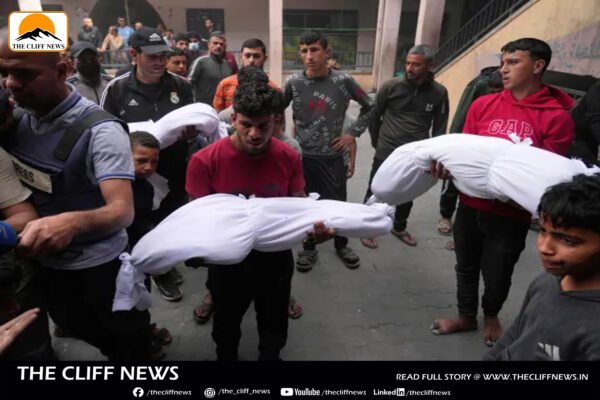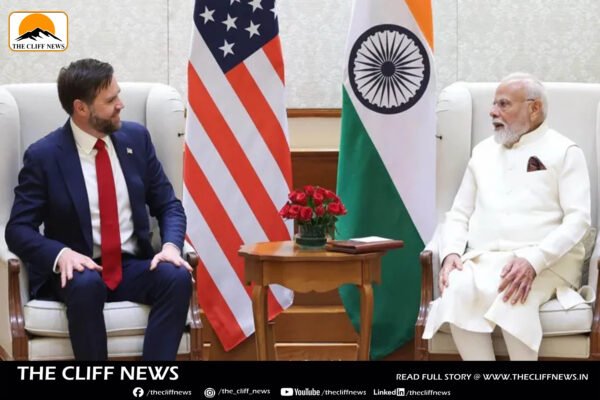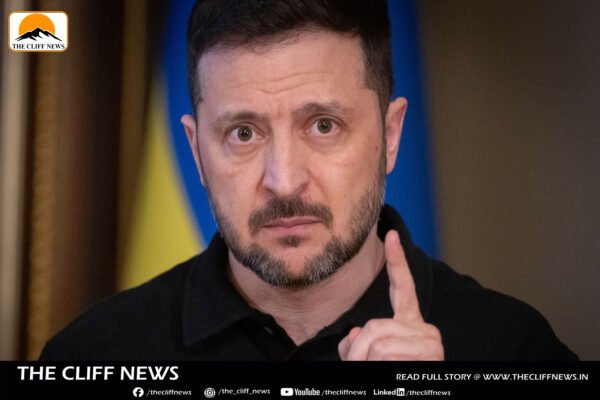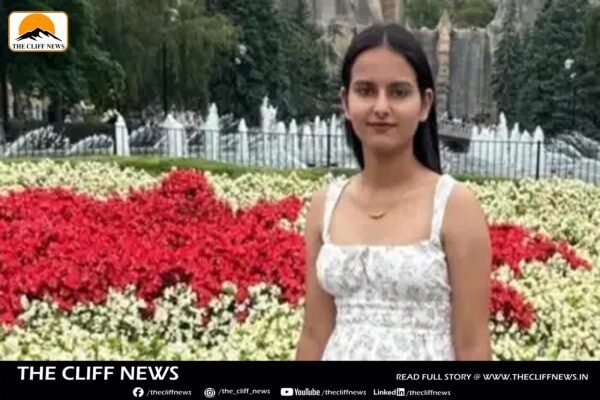Ongoing Violence in Gaza and the West Bank Escalates Civilian Toll
At least 20 Palestinians, including three children, were killed today in Israeli military strikes across Gaza, according to medical sources cited by Al Jazeera. A tent shelter near Nuseirat in central Gaza was among the latest targets, highlighting the ongoing peril faced by civilians in the besieged territory. In another deadly strike, Israel targeted a bustling market area in Jabalia town in northern Gaza, killing at least three more individuals. The Israeli military maintains that these operations are directed at Hamas, although the civilian toll continues to rise sharply. The humanitarian crisis extends beyond Gaza. In the occupied West Bank, a 12-year-old boy was fatally shot by Israeli forces in al-Yamoun, while settlers attacked the village of Bardala in the Jordan Valley, shooting five Palestinians and setting fire to farmland and buildings. Meanwhile, U.S. military operations in Yemen have intensified. Airstrikes continue on a daily basis, with more than 200 people reportedly killed since mid-March, marking a significant escalation in regional violence. At a Holocaust remembrance event in Tel Aviv, Israeli Foreign Minister Gideon Saar addressed foreign diplomats, asserting that Israel’s military actions are rooted in self-defense. “Many around us today seek our elimination,” Saar said, emphasizing that hostile actors are actively planning and executing efforts to destroy Israel. According to the Ministry of Health in Gaza, Israel’s war on Gaza has resulted in at least 51,305 Palestinian deaths and over 117,096 injuries over the past 18 months. In one of the most harrowing incidents today, a family of six—parents and four children—was killed in the Sheikh Radwan district of Gaza City. Local sources described a gruesome aftermath, as civil defense teams and neighbors were forced to collect the remains of the children from nearby streets and buildings. In a related development, Yale University has revoked the official status of a pro-Palestinian student group, alleging their involvement in protests during a visit by Israel’s far-right National Security Minister Itamar Ben-Gvir. The move has sparked concerns over the suppression of student activism related to the Gaza crisis. The intensifying violence underscores the dire need for a humanitarian resolution, as civilians continue to bear the brunt of an increasingly destructive conflict.










